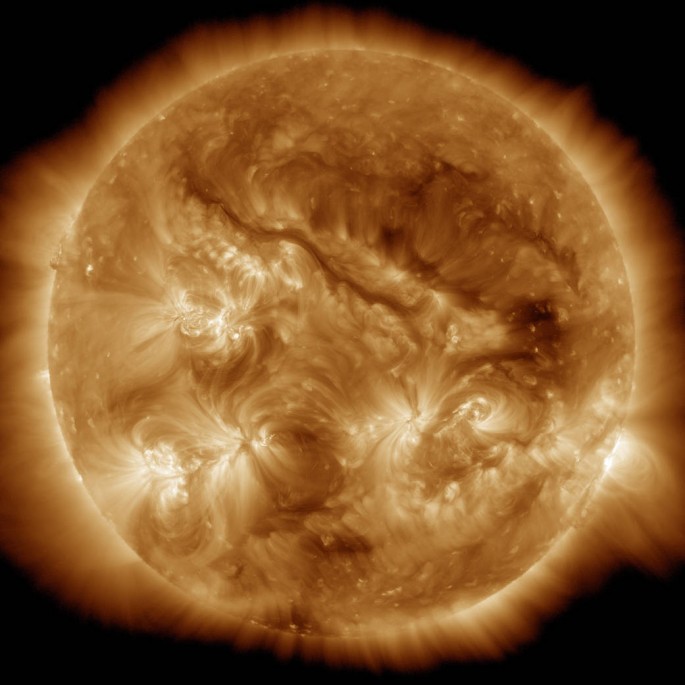Astronomers just discovered that most stars apparently possess strong magnetic fields that can shed new light about the evolution of stars in our galaxy and beyond.
Astronomers led by scientists from the University of Sydney found out that these stars are only slightly larger than the sun where they have internal magnetic fields or moving electrical charges that is 10 million times more powerful than Earth's.
According to lead researcher, astrophysicist Dennis Stello from the University of Sydney, this discovery has been terribly exciting as it is also totally unexpected since only five to 10 percent of stars were first thought to host powerful magnetic fields, and current models of stellar evolution also lack magnetic fields as a fundamental factor.
He also adds that these fields were often thought as insignificant in the general understanding of a star's evolution however, these new results reveal that this should be further studied.
Using data from NASA's past Kepler missions that involve sound wave measurements known as stellar oscillations that are found inside the stars, these waves were highly crucial in detecting the presence of strong magnetic fields among stars.
In this new study, researchers investigated numerous "evolved versions" of the sun or red giants, where 700 of them emitted strong magnetic fields.
Stello adds that this sample has been a large number that the team was able to conduct further analyses that conclude that strong magnetic fields are indeed very common among stars that possess a stellar mass of 1.5 to twice the mass of the sun.
Past studies only measure the surface activity of stars where the results revealed rare events of magnetic field activity. Now, astronomers can see those powerful magnetic fields near the stellar core which is pivotal in predicting change as the star ages, as magnetic fields can trigger these changes.
Stello describes these changes as ringing like a bell, where the sound it produces can reveal physical properties of the star as the team believes that these new findings can provide more information of how magnetic fields form and evolve in stars.
This new study is published in the journal Nature.



























